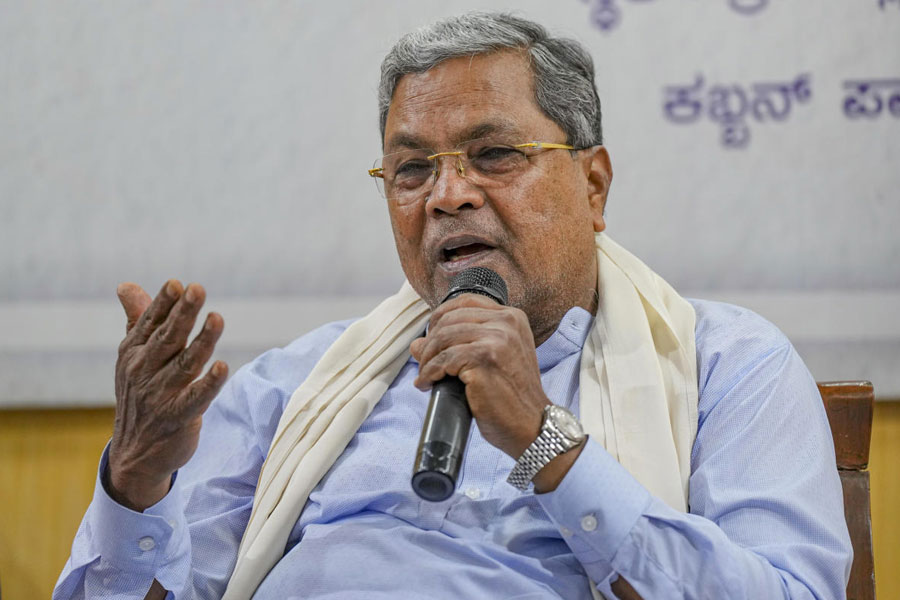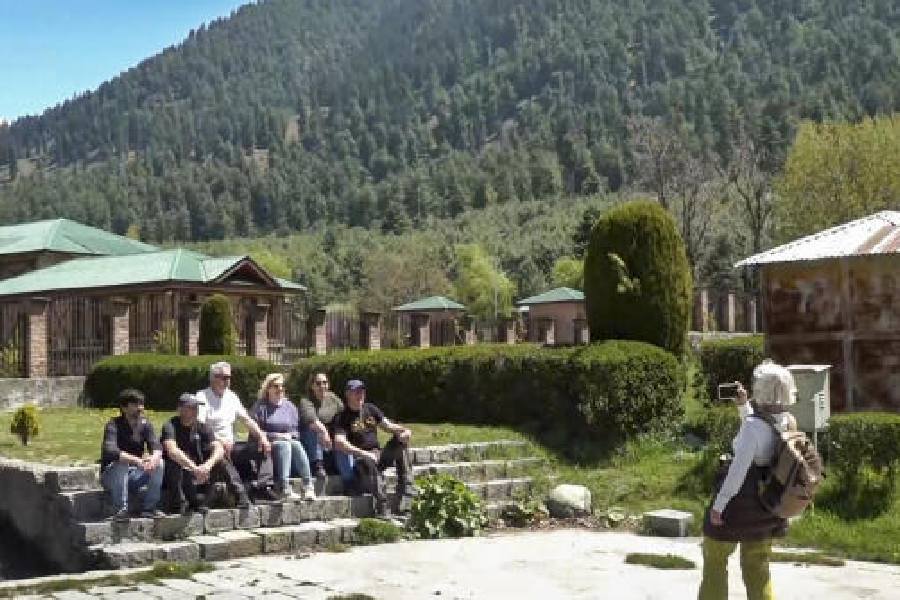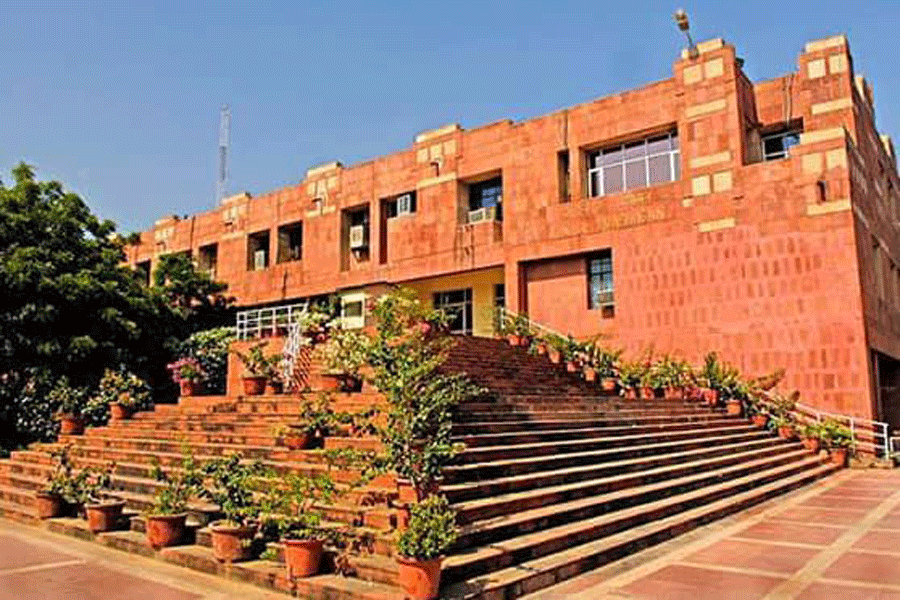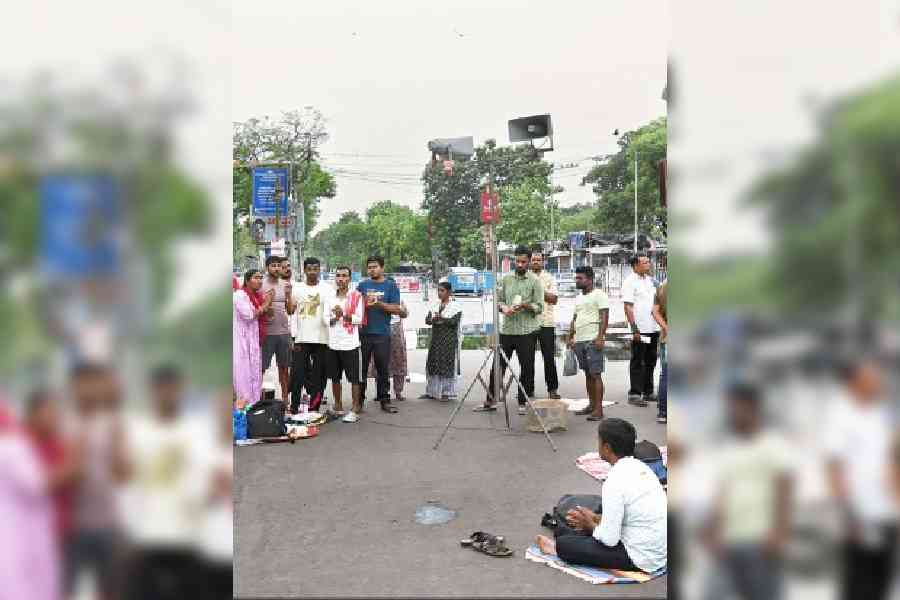
July 11: Villagers today relocated students of a lower primary school in Assam's Chirang district because of erosion from the river Aie.
Inspector of schools of the district Jaypal Brahma said 744 Ai Powali Lower Primary School, a Bodo-medium institution set up in 1961, under Runikhata police station, will now function on a plot of land belonging to the school head, Binod Islary, who lives in the same village, around 150 metres from the school.
"Yesterday the river was swirling 50 metres from the school. Today it came even closer so we had to shift the school. We have written to the Bodoland Territorial Council (BTC) administration for reconstruction of the school," Brahma said. The school has 40 students.
"No care was taken by the BTC administration when local residents sought their help to shift the school to a safer place. The administration is solely responsible for the present situation of the school," All Bodo Students' Union local unit president Tebasrwn Brahma said.
Brahma said another school will be shifted within a few days as the river Aie was approaching it fast as well.
Sarba Siksha Abhijan (SSA), Assam, has written to its district committees to send reports on the number of schools affected or damaged in the floods.
An SSA official told The Telegraph that as floodwaters have not receded they are yet to get the detailed reports on the affected schools. "There have been reports that many schools have been damaged by floodwaters. We are trying to get the details. We have asked the district committees to submit the reports," the official said. Sources said 33 high and higher secondary schools have been affected in Lakhimpur district in Upper Assam.
Meanwhile, Save the Children, an international NGO which has been working in Assam since 2002, today said over six lakh children have been directly affected by the floods in the state.
The NGO today launched their child-centric humanitarian assistance in the flood-hit areas. They distributed relief kits to families in Tubikajar village in Sonitpur district in central Assam and plans to cover 3,000 families in Dhemaji and Sonitpur districts.
"Given the poor media attention on this crisis, we are unable to attract appropriate support for millions of affected people - especially children, who are always the worst-affected and who have a variety of specific needs that need to be addressed urgently. It is critical that all stakeholders, including the government, civil society, corporates, communities and the media act in a coordinated manner to mitigate the challenges of the flood-affected population," said Thomas Chandy, the chief executive officer of Save the Children, India.
The NGO said children's vulnerability has increased as many Anganwadi centres, schools and health facilities are not functioning because of the floods. It is working to operationalise 10 child-friendly centres in the worst-affected areas. Each such centre can accommodate upto 40 children and has a trained local facilitator.
ADDITIONAL REPORTING BY
TEJESH KUMAR IN BONGAIGAON
AND VINOD KUMAR SINGH IN DHEMAJI










